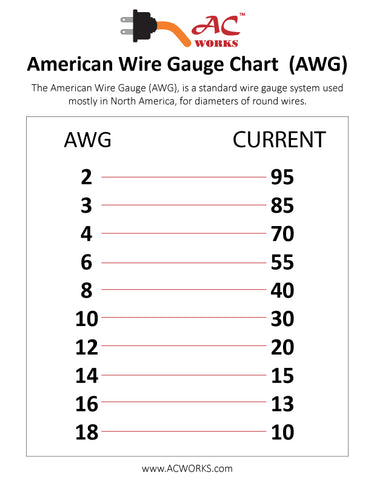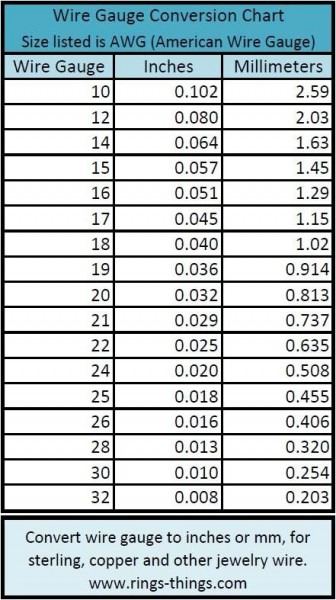
The resistance to current flow is lower when the wire is thicker. The thicker the wire, the lower the gauge number. The American Wire Gauge (AWG) number is used to determine the thickness of wire. For additional information, see our guide to in-wall wiring.īuy wire rated for direct burial if you want to run wire underground to a set of outdoor speakers. You’ll need UL-rated speaker wire labeled CL2 or C元 for in-wall or ceiling speakers. You must choose the appropriate gauge (thickness) and type of wire for your system. In a nutshell, speaker cable is not included with most speakers. To ensure that at least 90% of the amplifier output reaches the speaker, you’ll need 14 gauge wire. If you use 22 gauge wire for a 40-foot run, the cable will have a higher resistance than the speaker, resulting in more power being transferred to the wire rather than the speaker this is bad. Speaker wires with bigger wires are also better at lessening the impact of resistance on the signal generated when used over long distances. Over extended distances, bigger speaker wires can actually help decrease or eliminate power loss and dampening. The resistance of bigger speaker cables is low, allowing you to run these wires over longer lengths and distances. It’s worth noting that speaker wires with smaller gauges/thicker wires are ideal for longer runs between the audio amplifier and the speakers. This is due to the fact that as the distance of the run rises, the audio quality decreases. Even if the wire thickness is appropriate, speaker runs of more than 50 feet should be avoided. This means that, while the wire’s thickness is significant, the distance it covers is equally important. The quality of sound generated by a system is influenced by the length of speaker wires running from amplifiers to speakers. Anything longer than 50 feet is deemed excessive. The greatest length of speaker wire that should be run should be around 50 feet. Speaker wires might be excessively lengthy. Heavyer, 4-gauge speaker cables are required for a 5000-watt sub system with a total impedance lower than that. Tyler, 8-gauge speaker wire should have no trouble delivering that much power to a 2- or 4-ohm subwoofer. Subwoofer wire should be 16-, 14-, or 12-gauge. If the speaker has a lower power rating, such as 40 or 50 watts, 14 or 16 gauge wire will suffice. If your amplifier has a greater power rating, such as 100 watts or 600 watts, you should use 12 gauge cable.

Is 12 gauge speaker wire good for subwoofers? There will be no audible difference between them the larger cable will simply have less power loss.

Wires sized 12- to 16-gauge are recommended for wiring subwoofers. You never know when the position of a sub or amplifier will need to be adjusted, and you’ll be glad you have the extra length. Take a cue from the experts and order twice as much as you think you’ll need. In most cases, though, 16-gauge speaker wire will suffice. You can use 12-gauge speaker wire if your sub system will produce more than 1,000 watts RMS.


 0 kommentar(er)
0 kommentar(er)
